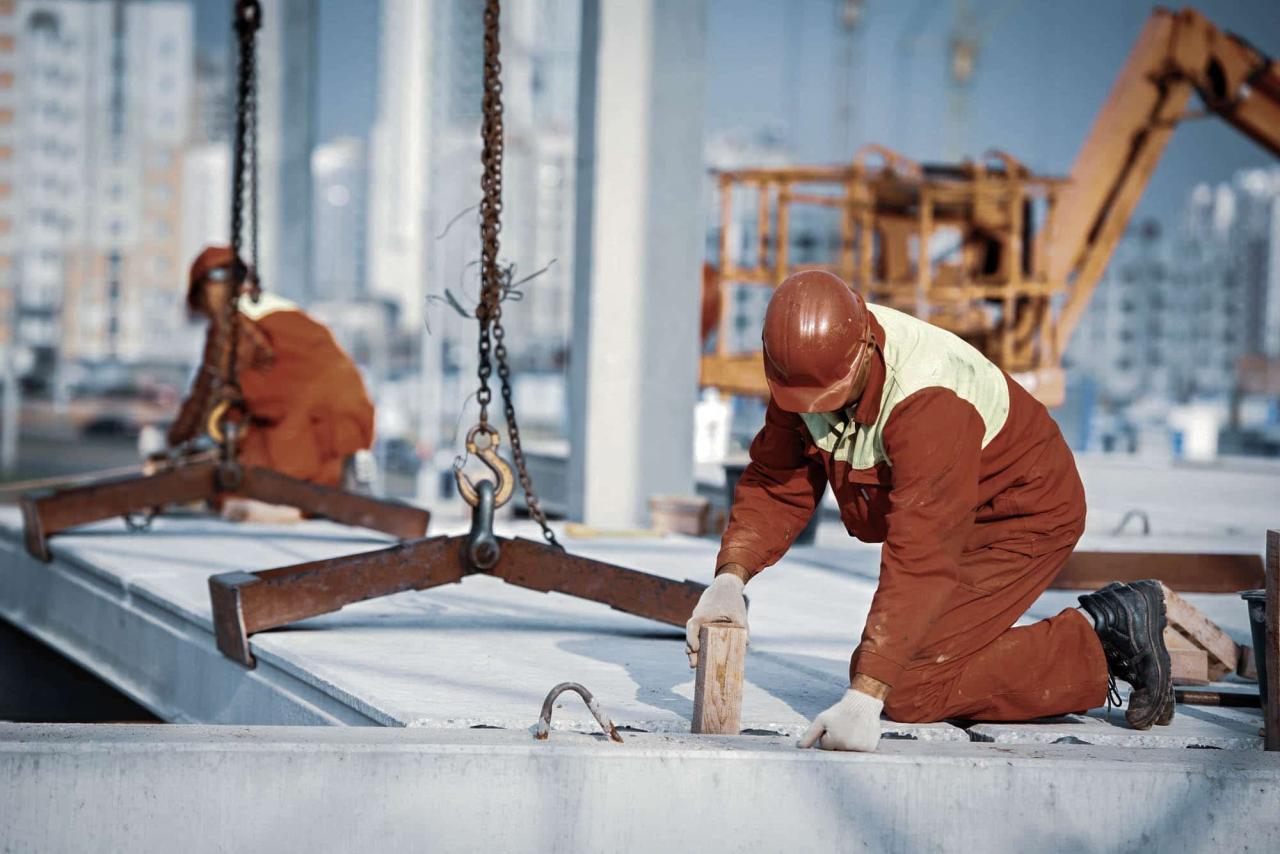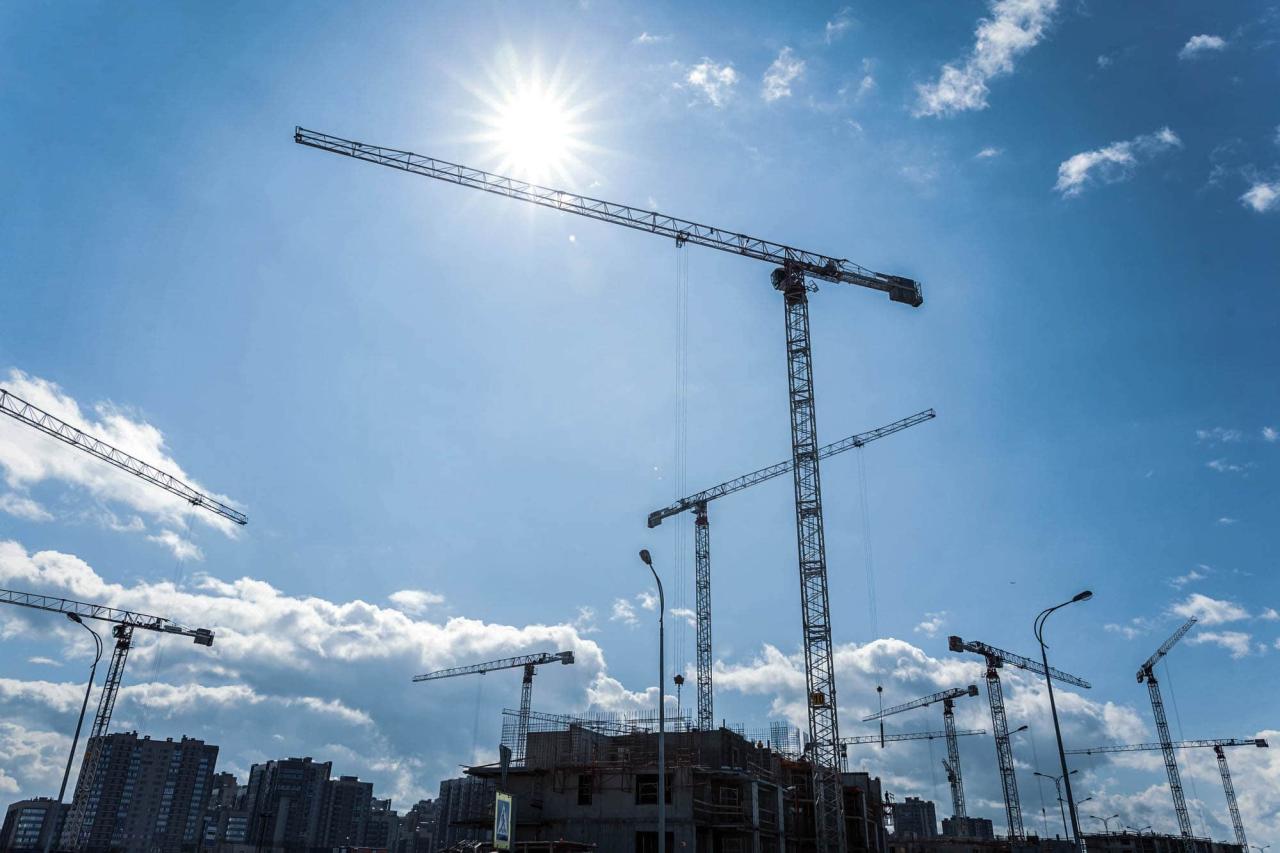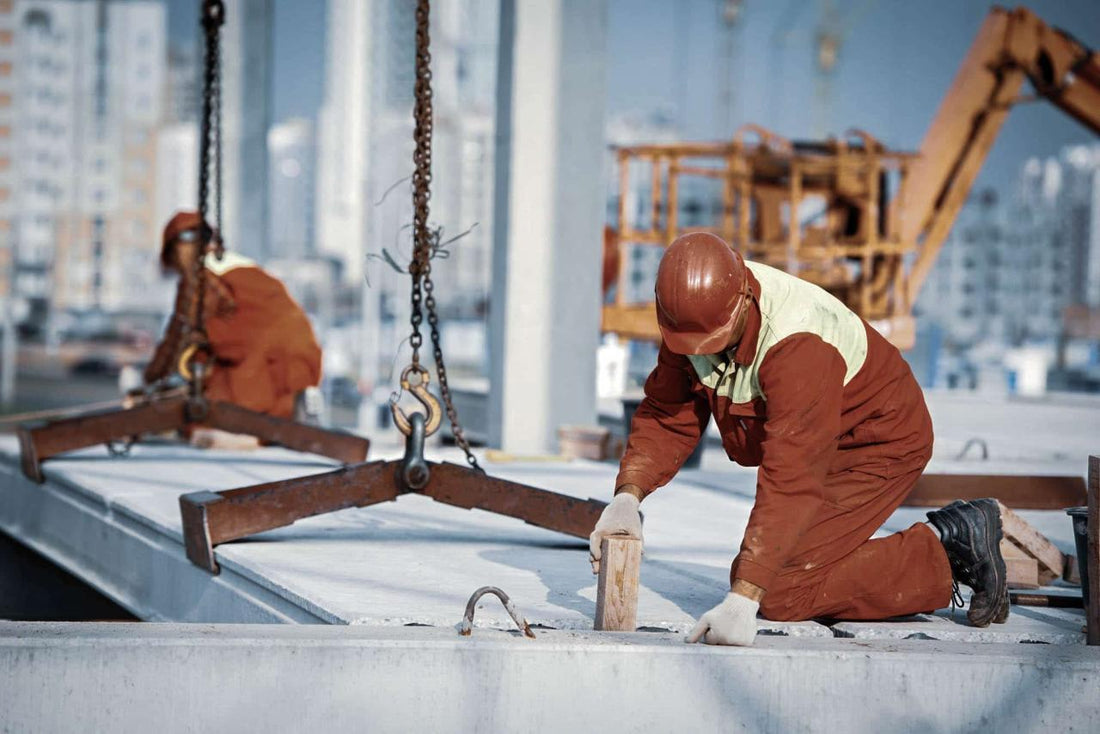There is a strong trend towards the modular construction approach – in fact, the global market is expected to reach $175 billion by 2025.
But why are more companies building modular structures? Is modular construction cheaper than other methods? What advantages do modular construction techniques bring to the table?
Modular construction is gaining more attention and for good reason. Before we dive into the pros and cons, let's define the modular building system so we're all on the same page.
What is modular construction?
Modular construction techniques involve manufacturing the components of a structure in a factory that will later be assembled on site. You may have heard it described as “offsite construction” or “prefabrication” – these terms are interchangeable with modular construction.
Modular construction follows the same process as other types of construction, with one significant difference: it takes the most time-consuming parts of a project off-site to improve the speed of construction. This offers more scalability and makes repetitive construction of volumes possible.
The Pros of Modular Construction
These three key advantages of modular construction show why this practice is gaining traction across the industry:
When you build structures on site, material and labor costs add up quickly. And in many areas, skilled labor is scarce and expensive. Modular construction manufacturers attract competitive, skilled workers. Manufacturers also have the advantage of better access to raw materials and logistics, such as rail cars.
Modular construction is more efficient in the sense that factory and on-site work can happen simultaneously. This significantly speeds up construction time without sacrificing quality.

2. Modular construction creates less waste and requires little space
A case study carried out by WRAP UK suggests that modular construction can reduce on-site material waste by up to 90% compared to traditional construction methods. With growing environmental concerns in the industry, modular construction is becoming a popular choice for limiting the waste produced on each project.
Modular construction also helps keep the site clean and safe while giving crews more space to do their work. By building components off-site, there is less confusion and worry about theft, especially in compact urban environments.
3. Modular construction helps eliminate unpredictable delays
Weather is a big factor in construction delays, but with modular construction it's not an issue.
By manufacturing construction components in a controlled environment, projects are less prone to delays and bring an additional benefit: workers have safe, comfortable conditions in which they can be more productive, resulting in higher quality products.
On-site installations are also faster. Most components arrive equipped with flooring, plumbing and electrical accessories, further reducing the chance of delays.
The cons of modular construction
Like any construction method, modular construction presents some challenges, including:
1. Transporting modular structures brings costs and risks
Because modular building components are prefabricated off-site, transportation costs and the risk of damage during transportation must be considered. All it takes is one accident during transportation to cause a significant setback.
Transport and rigging companies have to invest a lot of time and effort in planning the logistics of moving modular construction components. To mitigate the risk of damaging these components, transportation costs can take up a large portion of any project's budget.

2. Lacks customization with modular construction
Modular construction involves the mass production of components, which is perfect for apartment buildings, hotels and subdivisions, but not for projects where custom designs and sizes are required. Using modular construction to create unique components essentially eliminates time and cost advantages.
Customization is the biggest advantage that on-site construction has over modular construction. Even small changes to plan design can have significant costs.
3. There are few options outside of modular home construction
The number of manufacturers making components for commercial products is growing, but most of them focus on creating single-family homes. Many of the benefits of modular construction do not extend to other, more complex projects. Modular manufacturers that have the capabilities and financial capabilities to provide commercial products are quite limited.
However, due to the current and anticipated growth of the modular construction industry, this disadvantage may not remain on the list for long.
Is modular construction the future of the industry?
Although modular construction has only gained a foothold in a few countries so far, it has the potential to deliver annual cost savings.
The modular construction industry is advancing rapidly through the use of digital technologies, lightweight materials and improved manufacturing processes. Manufacturers are reversing the old reputation of modular home construction and focusing on sustainability and the high-end market.

